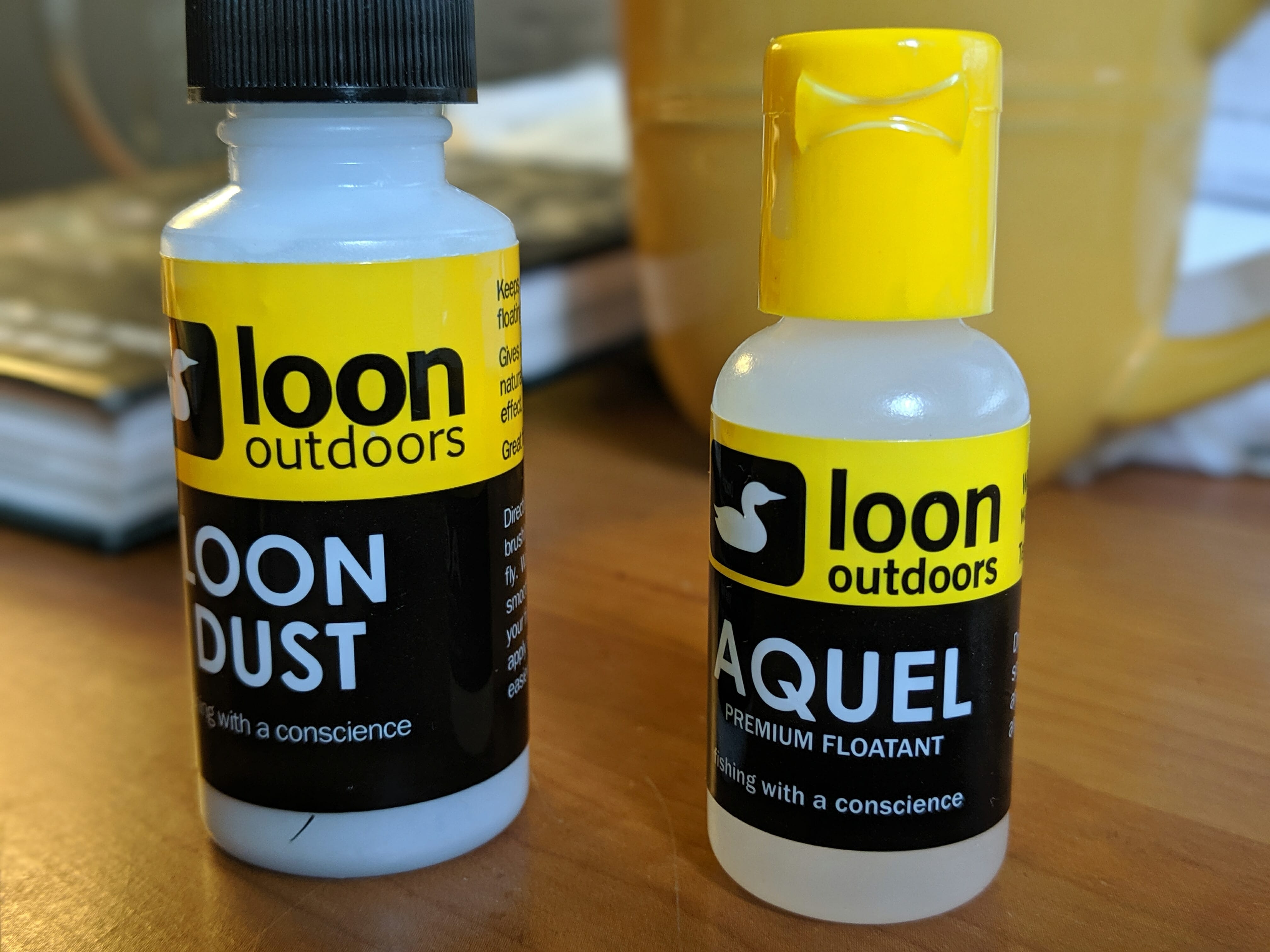The news out of Ashton over the weekend was pretty encouraging. The big stonefly nymphs were moving around, heading to streamside rocks in anticipation of a little sunshine. Any minute now, the fabled salmonfly hatch on the lower river would start to pop.
The big bugs that crawl out of the river in late spring throughout the West are eagerly anticipated by guides, fly shops, anglers and, of course, trout. On the lower Henry’s Fork, this hatch can be absolutely epic.
And, while choosing among the many options for high-floating imitations of this amazing critter is important, perhaps what’s even more important is figuring out how to keep those big bugs floating all day, particularly when the fish are “on,” or when you’re hanging a heavy dropper off the bend in the hook.
Some guides swear by foam imitations, and they work great … until they become like sponges. Others like the more traditional patterns, heavy with spun deer or elk hair. They work, great, too, until they’re so waterlogged that they just won’t stay afloat any longer.
So most of us turn to what amounts to fly-fishing pharmaceuticals to keep our prized flies above the surface film: floatants (gels) and desiccants (powders). And, yes, there’s a difference.
Floatants are usually applied to flies before they are put in the water. These products, like Loon’s Aquel, are designed to make flies somewhat waterproof—the idea is to keep big flies, like stonefly patterns, from absorbing water. And, for the most part, they work great. But, after a few fish have hammered the big fly or if the fly has spent any significant amount of time in or on the water, the grease ceases to work.
This is where desiccants come in—the dust, if you will. These products are designed to actually pull water from the fly’s material. Applying some of the silica powder to a wet fly will help pull water from the fly and absorb it. I like the Loon Dust product, simply because it’s environmentally inert (as are most of the company’s on-the-water products), but other desiccants work well, too.
Simply put, floatant and desiccant should be used together—it’s not an either-or proposition. Start with a good coating (but not too much) of floatant, and when it begins to fail, absorb water from your fly with desiccant. It’ll keep you fishing longer, cut the time you might spend changing flies significantly, and, most importantly, help those big stonefly patterns ride high and dry.



